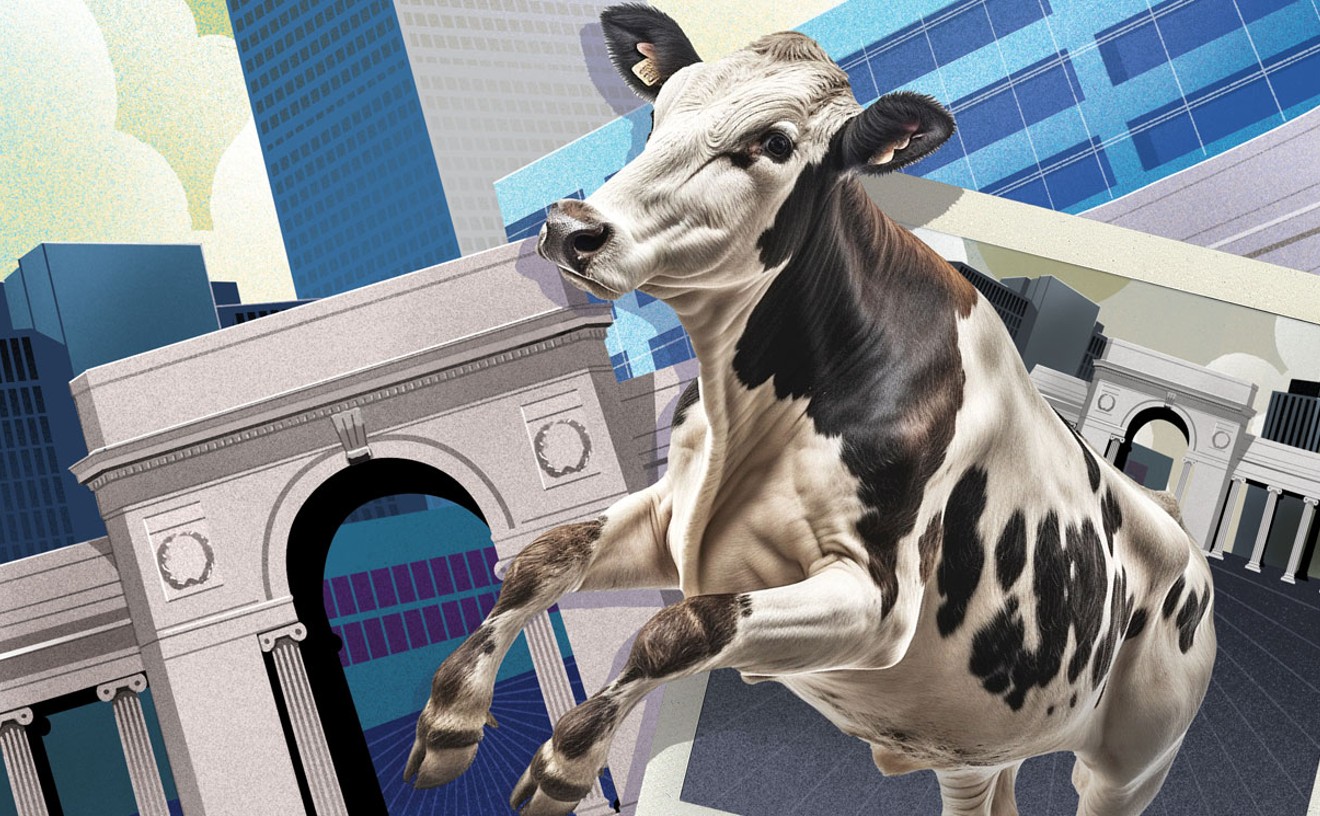Alas, a rookie English filmmaker named Mary Harron has been unable to resist the temptation. The heroine of I Shot Andy Warhol, which never delivers the Z-movie sleaze promised by the title, is the Warholian hanger-on Valerie Solanis, a street-battered hustler, panhandler and thief whose lone gift was an ability to annoy anyone in her presence--man, woman or vegetable. Even the affectless, passive Warhol himself finally excommunicated her. A raving megalomaniac of the subway-station-at-4-a.m. variety, Solanis managed to dash off one of the lesser documents of an overdocumented age: In "The S.C.U.M. Manifesto," this oft-abused and ever-enraged child of the pavements put forth feminism in the rough, loudly proclaiming the male of the species biologically, socially and intellectually inferior in every aspect. Some like to credit this screed's creator with a satirical bent, but any careful reader who dusts off an old copy of the thing will find no sign of that. It's far more likely Solanis was pioneer feminism's unknown Hitler, "The Manifesto" its minor-league Mein Kampf, before wiser heads prevailed.
Solanis got her fifteen minutes of you know what on June 3, 1968, when she emptied a .32-caliber Beretta into the silver-wigged emperor of pop, nearly killing him. She did three years in a mental hospital for her crime and in 1989 died in a San Francisco welfare hotel. Absent the Warhol shooting, of course, her "Manifesto" (which filmmaker Harron has declared "a visionary feminist classic") would have gone totally unread, and S.C.U.M.--the Society for Cutting Up Men--would have come and gone without notice save that of its founder and only member. Her other work of art, a play bearing the elegant title Up Your Ass, has found well-deserved oblivion entirely on its own.
Trying to make Valerie Solanis an interesting presence for two hours is a pretty tall order (despite Harron's optimism), and the gifted actress Lili Taylor does her damnedest. The bright light of Dogfight and Short Cuts is gotten up here in hip thrift-shop rags and a floppy hat, all the better to punch and shove her way through the movie, as if sheer motion itself could make something out of nothing. No such luck. Except for the kind of Sixties nostalgiaphiles who imagine radical idealism in every hit of pot, most people will be vaguely alarmed by I Shot Andy Warhol: If this incoherent, screeching harridan was actually the house intellectual down at The Factory until Warhol got sick of her act, what was everybody else thinking?
As it happened, not much. Taylor's wasted energies aside, the pleasures of the movie derive from Harron's careful--no, obsessive--re-creation of a time and a scene that exalted fashionable emptiness as it tossed the old art world on its ear. She's furnished the picture with enough velvet-trimmed bell-bottoms, squeaky black leather and vintage tunes--Lovin' Spoonful to Dionne Warwick to Blue Cheer--to fill a couple of scrapbooks and record racks. The Sixties mascara on Andy's stable of air-headed models is applied just so, and the reconstituted Factory itself has been repapered with--what else?--fresh aluminum foil. Jared Harris's impassive Warhol, meanwhile, provides the kind of campy, cool jokiness the overwound Valerie is incapable of. When she thrusts her "play" into his face, for instance, he marvels only that she typed it herself. He makes a pretty good shooting victim, too, and Harron gives us a delicious glimpse of a baffled hospital nurse holding the fallen one's famous wig between thumb and forefinger, as if headed straight for the trash can.
Stephen Dorff clearly has the most fun (and gets the wittiest dialogue) as the outrageous drag queen Candy Darling, and the versatile Canadian actor Lothaire Bluteau pops up as the pseudo-suave publisher Maurice Girodias, whose hipper-than-hip Olympia Press knew a hot item when it saw one and eventually bought "The S.C.U.M. Manifesto." Ultra Violet, Viva, Ondine, Paul Morrissey, Gerard Malanga--the whole Warhol gang--show up at one all-night party or another, ingesting pills like wafers at the altar rail, delivering suitably bluff, pop-arty one-liners about life and pan-sexuality and pointedly paying no attention whatsoever to all those oversized Brillo boxes strewn around the room.
In the end, however, I Shot Andy Warhol insists that we pay far too much attention to the humorless, paranoiac loner drifting around the edge of the party, the overgrown waif forcing her belligerent tracts on passersby in the streets, the burned-out pest with an entire decade's delusions stuffed inside her teeming head. Taylor's Valerie Solanis is meant to be touching (if completely unsentimental), revolutionary (if shamelessly materialistic) and brilliant (if stubbornly pigheaded). By the end she wears out her welcome, like any bore. In her case, fifteen minutes of fame was plenty, and sixty pages of polemic is still too much.
I Shot Andy Warhol. Screenplay by Mary Harron and Daniel Minahan. Directed by Mary Harron. With Lili Taylor, Jared Harris, Stephen Dorff and Lothaire Bluteau.










